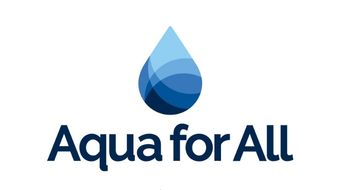Satsense uses satellite remote sensing and geospatial analytics to provide business and governance solutions. In a project co-funded by the European Space Agency and supported by the Toilet Board Coalition, Satsense used satellite remote sensing and artificial intelligence to develop a service to monitor effluence and water quality parameters in surface waters. This service has been used successfully by water utilities and water managers in the water, sanitation, and hygiene sector to assess the condition of water bodies and identify the source and intensity of pollutants in surface waters. The prevalence of untreated sewage and pollutants in surface waters could be correlated with risks of water-borne diseases.
Once wastewater-based epidemiology (WBE) processes detect the presence of pathogens in a community through sewage surveillance, geospatial analytics may be used to trace the extent and reach of the sewer system and highlight the affected community on a map. This may then be demarcated as a high-risk area and adequate measures can be taken by public health officials to address infections in the community.
Additionally, satellite remote sensing data might be used to estimate risks of infections within communities, on the basis of connectivity (such as road and rail connectivity, shared water resources, etc.), contamination pathways (water, human contact, etc.), population density (common healthcare facilities, schools, etc.), and transmission dynamics (vector-borne, human transmission, etc.). Such methods have been researched and used previously by NASA (the National Aeronautics and Space Administration) in estimating the risk of vector-borne disease and respiratory infections in communities using satellite data. This includes the risk of mosquito-borne diseases such as malaria and dengue, and water-borne diseases such as cholera. These methods and tools could play an important role in highlighting the risks of diseases and providing an impetus for improving sanitation in these communities






